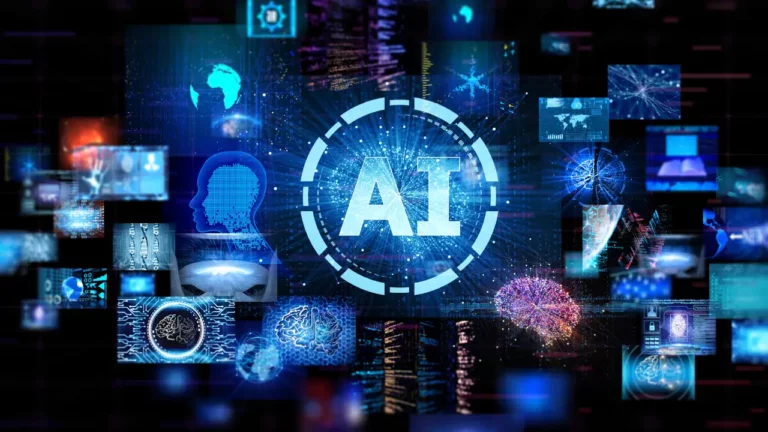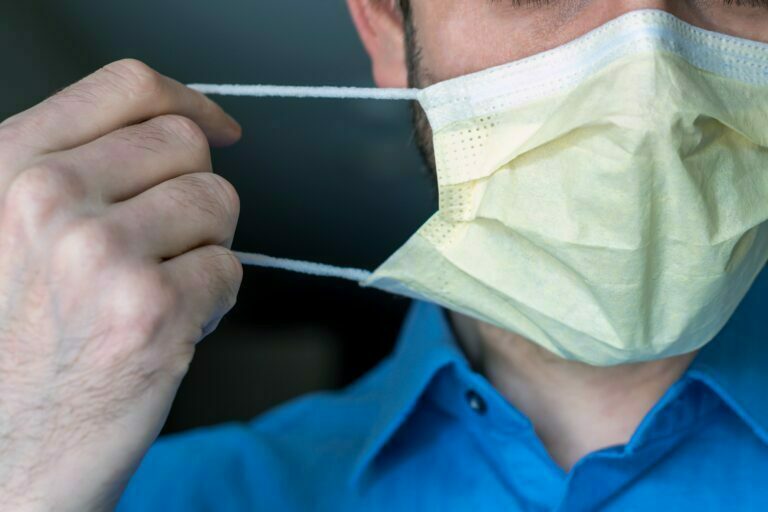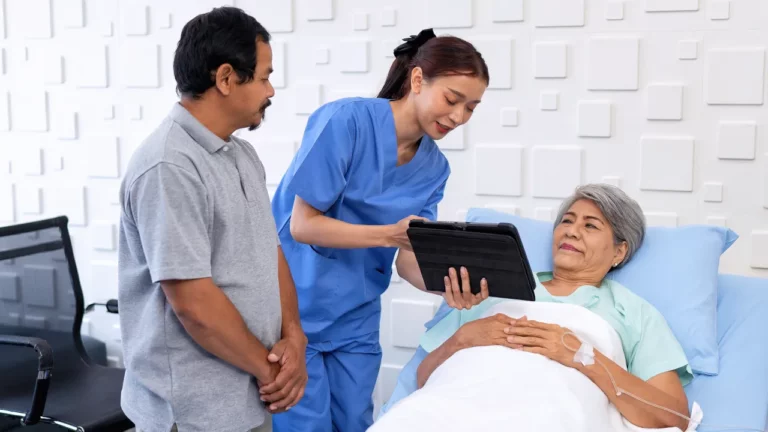According to World Health Organization, dementia ranked as the seventh cause of death worldwide, as well as one of the primary causes of impairment and dependency among the elderly. Around 55 million individuals worldwide suffer from dementia, with over 60% of them residing in low- and middle-income nations. This figure is predicted to rise to 78 million in 2030 and 139 million in 2050, as the share of older people in the population grows in practically every country.
Telehealth has the ability to significantly improve the standard of care for patients with dementia. The traditional paradigm of treatment for them focuses on long-term residential care with an emphasis on the patient’s connection with the primary care provider. Getting the patient to the clinician’s office can be extremely difficult, posing problems for both the caregiver and the patient. This is especially true in rural areas where medical care may be a long distance away from where the patient/caregiver lives.
What is dementia?
Dementia is not a specific disease but is rather a general term for the impaired ability and loss of capacity to recall, think, or make judgments that interferes with daily tasks. Dementia is a syndrome characterized by decline in cognitive function or the ability to process thoughts that goes beyond what would be expected as a result of biological aging. Memory, cognition, orientation, comprehension, computation, learning capacity, language, and judgment are all affected. The state of consciousness is unaffected. Changes in mood, emotional control, behavior, or motivation are frequently associated with, and occasionally precede, cognitive impairment.
What are the signs and symptoms of dementia?
Dementia affects each person differently, depending on the underlying reasons, other health issues, and the person’s cognitive functioning prior to the onset of the illness. There are three phases to understanding dementia signs and symptoms.
The early stages of dementia are frequently ignored due to their sluggish onset which usually presents with forgetfulness, losing track of time and getting lost in familiar places. As dementia progresses to the middle stage, the signs and symptoms become more obvious, and may include forgetting about recent events and people’s names, communication is becoming increasingly harder which can require assistance with personal care and some changes in behavior, such as wandering and repetitive inquiry.
Late stage dementia is characterized by near-total dependence and inactivity. Memory problems are substantial, and the physical signs and symptoms grow increasingly noticeable, including being oblivious to time and location, having trouble recognizing family and friends, having a growing need for help with self-care, having trouble walking and experiencing changes in behavior, which may include aggression.
What are the common causes of dementia?
Dementia comes in a variety of etiology. Alzheimer’s disease is the most common cause which accounts for 60 to 80% of cases and usually presents with trouble remembering recent events which is the hallmark symptom, while trouble remembering more distant memories develops later in the disease. Vascular dementia or dementias associated with strokes or other problems with blood flow to the brain are associated to about 10% of dementia cases. Dementia with Lewy bodies which usually presents with movement or balance problems in addition to the memory loss, and a collection of disorders that lead to frontotemporal dementia are the other major causes. Dementia can also occur as a result of a stroke or in the context of certain illnesses like HIV, dangerous alcohol use, chronic traumatic encephalopathy, or nutritional deficiencies. The lines between different types of dementia are blurry, and mixed forms frequently coexist. Mixed dementia can exist in one person at the same time, especially in those over the age of 80.
What are the risk factors for dementia?
Although age is the most powerful recognized risk factor for dementia, it is not a natural part of the aging process. Furthermore, dementia does not only affect the elderly and comprises up to 9% of cases are caused by young onset dementia which is defined as the development of symptoms before the age of 65. Physical activity, quitting smoking, avoiding dangerous alcohol use, controlling weight, eating a nutritious diet, and keeping good blood pressure, cholesterol, and blood sugar levels have all been shown to minimize the risk of cognitive decline and dementia. Depression, social isolation, low educational achievement, cognitive inactivity, and air pollution are all additional risk factors.
How is dementia treated?
Dementia treatment is determined by the underlying cause. There is no cure for neurodegenerative dementias like Alzheimer’s, but there are drugs that can help preserve the brain or control symptoms like anxiety and behavioural problems. More therapeutic alternatives are being developed as a result of continuing research. A healthy lifestyle, which includes regular exercise, nutritious food, and maintaining social contacts, lowers the risk of chronic disease and may minimize the number of persons suffering from dementia.
How can Telehealth and Remote Patient Monitoring help patients with dementia?
Dementia has medical, psychological, social, and economic consequences for dementia patients, as well as their caregivers, families, and society at large. Dementia is frequently misunderstood and stigmatized, leading in delays in diagnosis and treatment. For elderly persons with restricted mobility and those who live in rural locations, the opportunity to get care and be monitored remotely may be especially beneficial. Even in densely populated places, people with dementia and their caregivers may find it difficult to leave the house or have insufficient transportation to get the care and support they require. Furthermore, dementia knowledge may not be available close to home for certain people.
The World Health Organization’s Guidelines on the Prevention of Cognitive Decline and Dementia provide evidence-based recommendations on interventions for reducing modifiable risk factors for dementia, such as physical inactivity and poor diets, as well as managing medical conditions linked to dementia, such as hypertension and diabetes. Using a number of remote patient monitoring devices, whether integrated or standalone current information on a patient’s chronic illness state of disease and/or post-acute care which includes vital signs, heart rate, and blood glucose levels are all things to consider. Mental health, medication management fitness both physical and mental and other information can be sent to family healthcare providers. Clinicians or other healthcare personnel who have been appropriately taught can then intervene by offering guidance or making adjustments the treatment process.
Additionally, RPM enables patients to stay home, a preference shared by 89% of Americans over the age of 50. Remote care delivery has been shown to be an effective tool for promoting independent living by offering patient treatment and monitoring in the home. It enables patients to remain in their homes while getting care, providing continuity of care and minimizing changes that can elicit undesirable patient behaviors or reactions, such as anxiety, disorientation, or agitation.
RPM has also been shown to increase patient safety in the home, with researchers noting medication reminders, wandering avoidance tracking, and caregiver education support as examples of how telehealth technologies promote patient safety. Other existing telehealth/electronic applications include those that provide reminders (medication management prompting devices), social contacts (cell phones, online chat groups), and security (alarm systems, monitoring system, wayfinding and action triggered lighting).
Takeaway
Greater access to proven and tested remote patient monitoring services for patient monitoring can result in a safer and more effective health system and safety surveillance among the elderly. Dementia is a condition in which cognitive performance deteriorates beyond what would be expected as a result of normal biological aging. Dementia is the seventh cause of death worldwide, as well as one of the primary causes of impairment and dependency among the elderly. In 2022, the ability of remote patient monitoring devices to augment patient self-management and be able to supplement patient weaknesses and needs are the vital roles of remote patient monitoring devices in patients with dementia.








